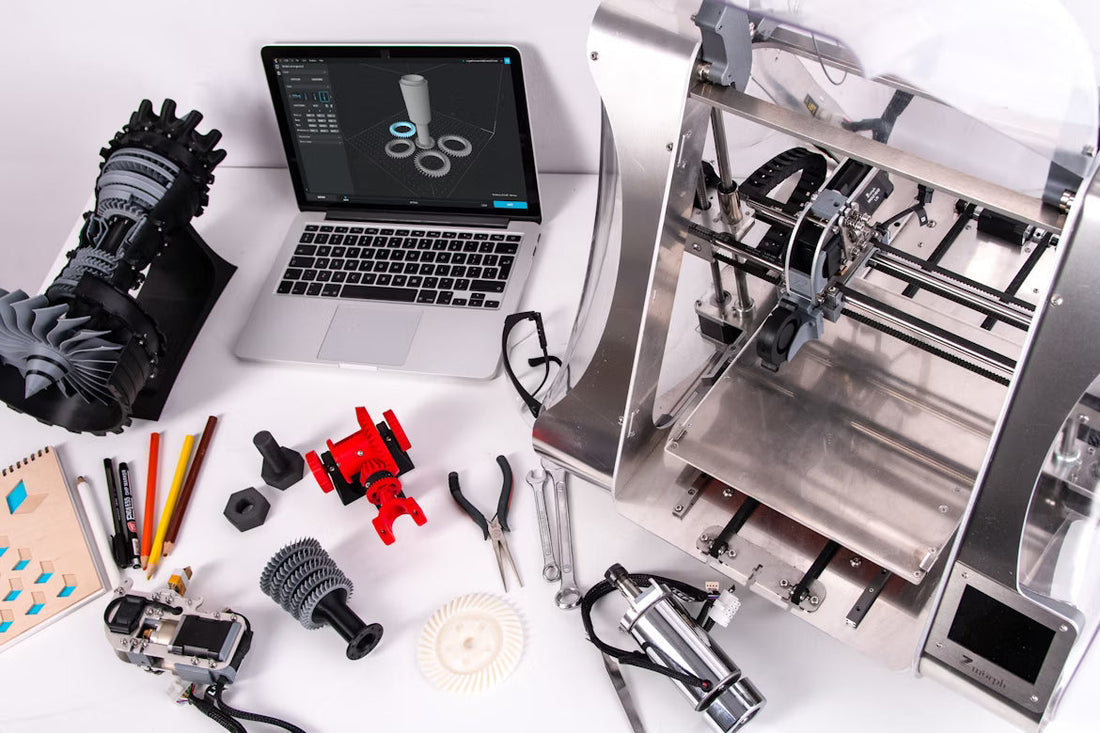
How i3dfigure Uses 3D Printer Materials for Polymer Clay Figurines
Share
How i3dfigure Uses 3D Printer Materials for Polymer Clay Figurines
3D printer materials can seem confusing at first, but they are the key to turning digital ideas into physical creations. At i3dfigure, these materials are used to craft intricate polymer clay figurines quickly and precisely. Let’s dive into how it all works.
What Are 3D Printer Materials?
Definition and Basic Concept
3D printer materials are substances used to build objects layer by layer in a 3D printer. Think of it like “digital sculpting meets physical reality.”
Common Types of 3D Printer Materials
Common options include PLA, ABS, resin, and flexible filaments. Each has unique properties—some are rigid, some bend, and some capture fine details.
Why Material Choice Matters for Figurines
Choosing the right material ensures durability, surface finish, and precision. For figurines, fine detail is crucial, so resins are often the go-to choice.
Overview of Polymer Clay in Figurines
What Is Polymer Clay
Polymer clay is a pliable modeling material that hardens when baked. It’s perfect for small sculptures and detailed features.
Why i3dfigure Chooses Polymer Clay
i3dfigure loves polymer clay because it captures intricate details and allows vibrant colors. Combined with 3D printed molds, it makes lifelike figurines possible.
Advantages for Small-Scale Figurines
Polymer clay is inexpensive, easy to handle, and ideal for limited-run productions. You can experiment freely without wasting expensive materials.
SLA 3D Printing in Tooling
How SLA Printers Work
SLA (Stereolithography) printers use a laser to cure liquid resin layer by layer, creating extremely detailed objects with smooth surfaces.
Using 3D Printed Molds for Polymer Clay
i3dfigure prints molds and tooling with SLA printers. These molds guide the polymer clay into the desired shapes, capturing tiny features like facial expressions or costume folds.
Benefits Over Traditional Tooling
Traditional metal molds are expensive and time-consuming. 3D printed molds are faster, cheaper, and perfect for small batches or prototypes.
Step-by-Step Workflow at i3dfigure
From Digital Sketch to 3D Model
It all starts with a digital sketch. Artists design figurines on 3D software, refining every detail before printing.
Printing the Tooling
Next, SLA printers turn the digital model into physical molds or jigs. The accuracy ensures that each clay figurine is consistent.
Shaping the Polymer Clay Figurine
Finally, polymer clay is pressed or shaped using the 3D printed tooling. After baking, the figurine is ready for painting and finishing touches.
Advantages of Using 3D Printer Materials
Faster Prototyping and Iteration
Designs can be tested and refined quickly, reducing mistakes and speeding up production.
High Detail and Precision
SLA printing captures fine features, making figurines more lifelike and polished.
Customization and Creativity
Artists can experiment with shapes, textures, and designs without being limited by traditional molds.
Common Challenges and Tips
Material Limitations and Durability
3D printed molds can wear out if used too many times. For long-term production, they may need reinforcement or replacement.
Post-Processing Needs
Printed tools may require cleaning, curing, or sanding to perform perfectly.
Beginner Tips for Working with 3D Printer Materials
Start small, test your molds, and choose resins suitable for high-detail figurines. Observing i3dfigure’s workflow can help you avoid common mistakes.
Future Trends for i3dfigure and 3D Printing
Multi-Material Printing Possibilities
Future printers may combine rigid and flexible materials in one print, opening up new design options.
Integration with Digital Sculpting Tools
Combining 3D modeling software with printing makes the process smoother and faster for artists.
Expanding Small-Batch Figurine Production
3D printing allows i3dfigure to create limited editions efficiently, keeping costs low and creativity high.
Conclusion
3D printer materials make creating detailed polymer clay figurines accessible and flexible. With SLA tooling, i3dfigure turns digital sketches into lifelike sculptures efficiently. For beginners and artists alike, this combination of technology and craftsmanship opens a world of creative possibilities.
